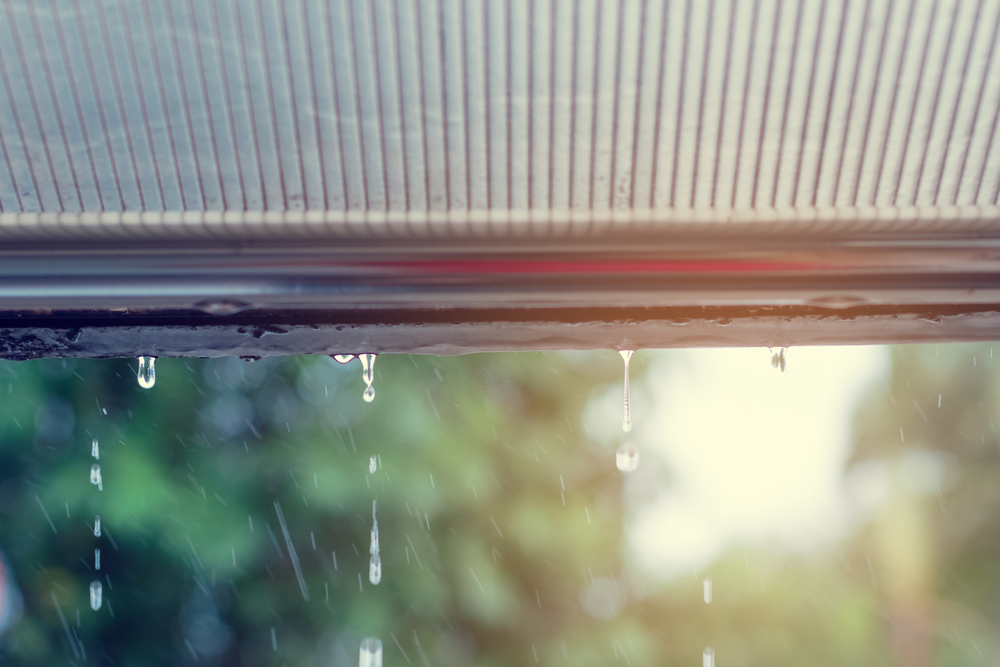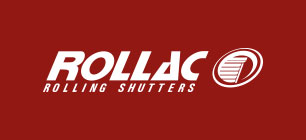I Have A Leaky Awning, Now What?

When you have an awning installed over a deck or patio or perhaps above your front door, it not only adds to the looks of your home or business, but also provides much-needed protection from the sun’s hot rays, wind, snow, and other harsh elements Mother Nature will send your way. Unfortunately, even if you take great care of your awning, there’s a good chance it may at some point develop a leak.
When you find your awning is leaking, there can be a variety of reasons why this problem is occurring. If you have an awning leak and are wondering what to do next, here’s all you need to know from your trusted team here at Rollac.
Why is My Awning Leaking?
When you notice your awning is leaking, it’s important that you find out the source of the problem as quickly as you can, since this will determine how your awning will need to be fixed. This is even more crucial if you have a retractable awning that is operated with a motor and other electronic parts, since even a small leak could seriously damage these sensitive electronics.
In most cases where leaks are occurring, chances are your awning’s fabric has been torn and will need to be repaired or replaced. This often happens when a strong storm tosses tree branches or other objects around that strike your awning.
A lack of cleaning and regular maintenance can also lead to a leaking awning. This can happen if you have an awning with fabric that is water-resistant rather than waterproof. Failing to clean the water-resistant awning fabric may mean the fabric protector coating will begin to wear off. When this happens and water pools on the awning fabric, it may begin to seep through and leak. Thus, when you are considering which type of retractable awning to buy for your home or business, opting to buy a waterproof awning will be well worth the extra dollars.
Natural wear and tear can also result in an awning leak, especially if your awning is at least 10 years old. Other possible reasons why your awning is leaking include rust and corrosion of various metal parts, improper installation, or the loosening of screws or fixtures that have created gaps where leaks can take place.
How Do I Stop My Awning From Leaking?
Whether you have a large awning that is leaking or have an awning valance that has torn, the good news is that these and other types of awning leaks can be stopped using a variety of repair and replacement techniques.
Awning Leaking at Seam
One of the most common problems when it comes to awning leaks is having an awning that is leaking at its seam. Usually occurring between the seam and the wall to which the awning was installed, the solution to this will be sealing the leak by using either a seam sealer, caulking, or clear silicone sealer. If you have experienced a strong storm with high wind gusts or sustained winds, it’s possible this could have resulted in parts of the metal framework coming loose, helping to produce the leak.
Awning Leaking Through its Material
If you notice water is leaking through your awning’s material, this is usually not a hard problem to correct. As stated earlier, this may be due to your awning fabric being water-resistant rather than having a waterproof sealer on the fabric itself.
Unless your awning is older and appears to no longer be able to withstand the wear and tear that comes from Mother Nature, leaks such as these can be stopped by performing regular cleanings and maintenance using warm soapy water, soft towels, and a brush with soft bristles. If you have regularly allowed water to pool onto the awning’s fabric, the weight of the water may have stretched the fabric a bit too much over time, which could also produce leaking in certain areas.
Leaking Awning Rail
When you have a leaking awning rail, you will usually have one of two choices. Since this usually occurs with aluminum awnings, you will need to factor in the cost of replacing the rail versus what it may cost to attempt a repair.
Fortunately, unless the rail itself is damaged, repairs can often stop the awning leak. After assessing the rail, you can remove the rail by removing the screws holding it in place. When you do, make sure you have something in place that can support this part of your awning. Once the rail is removed, clean off any rust and grime that has accumulated on it, then put it back in place and reseal it with caulking or silicone sealer.
Awning Leaking at Fixtures
Unlike a pergola or canopy that may be freestanding, your awning will rely on screws and other fixtures that will attach it to a wall. Over time, these screws and fixtures may rust or corrode, making them become loose or even break. As this happens, water will definitely start to leak at these points.
It’s also possible that the screws and fixtures on your awning casing may have become loose due to rust or corrosion. When this is the case and your awning is extended, the pressure that is put on the casing can lead to gaps that will allow water to get through. Along with being annoying, this can also greatly shorten the lifespan of your awning.
Don’t Despair About Your Awning Leak
Whether you have an awning for residential or commercial purposes, don’t despair about that awning leak you have suddenly noticed. Instead, rely on our team here at Rollac to help you solve the problem. If it’s a drop arm awning that’s giving you problems or a motorized retractable awning in which you invested thousands of dollars for your home or business, contact us here at Rollac to find out how to make your awning look and function like new again. Before you know it, those pesky leaks will be only a distant memory.
